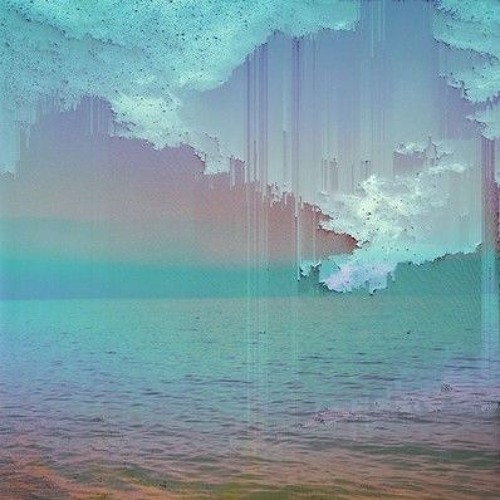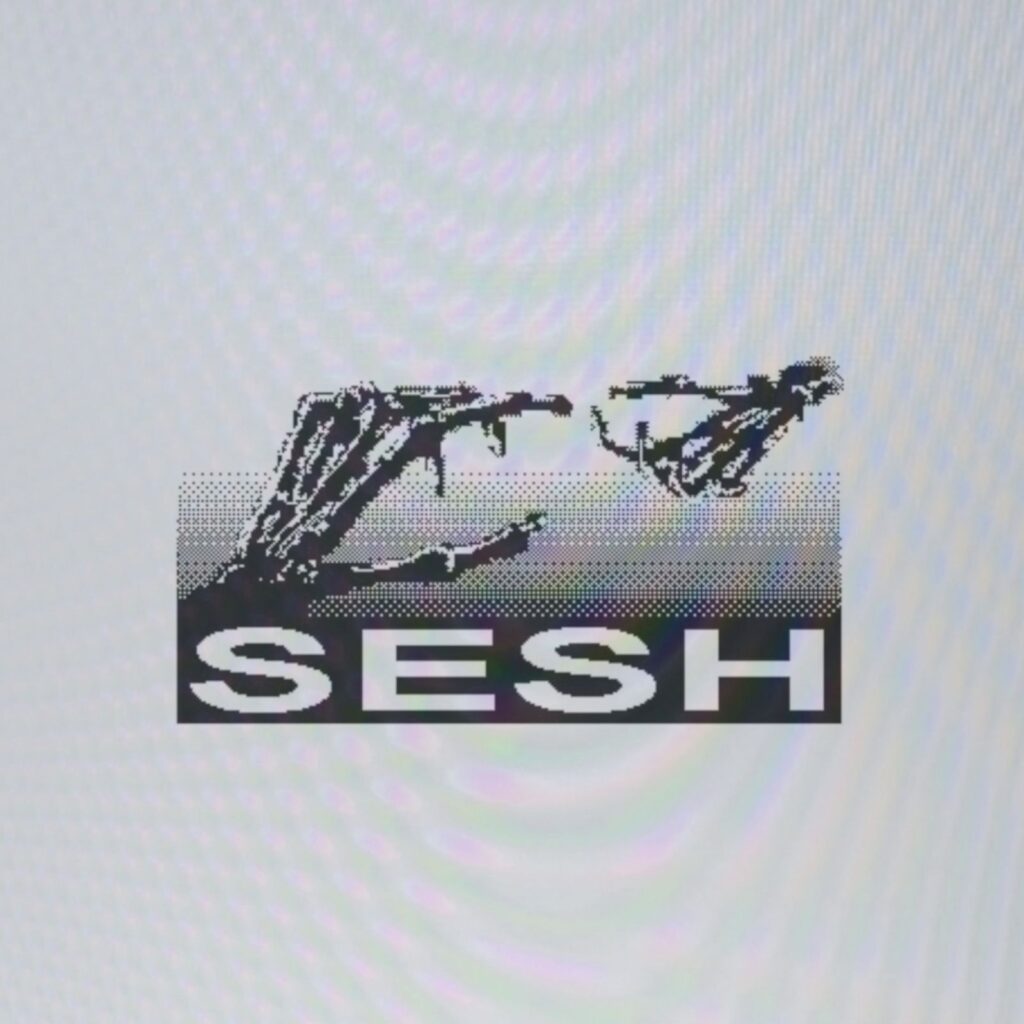
Cloud Rap: The Ethereal Echoes of the Early Internet
Cloud rap emerged as a surreal, atmospheric escape that mirrored the chaotic yet exciting nature of the early internet. Discover this genre’s pioneers, influences, and evolution that shapes modern rap.

Cloud rap wasn’t just a genre—it was a vibe, a moment, and a digital revolution. Born in the late 2000s and early 2010s, it captured the hazy, chaotic energy of the early internet, blending lo-fi beats, dreamy samples, and a DIY ethos that felt like stumbling through a glitchy, neon-lit dream. Artists like Lil B, Clams Casino, and A$AP Rocky didn’t just make music; they created a whole aesthetic that felt like the internet sounded. It was raw and experimental.
At its core, cloud rap was about freedom. It didn’t care about polished production or traditional rap bravado. Instead, it embraced raw emotion, introspection, and a sense of otherworldliness. Tracks like Clams Casino’s “I’m God” or Lil B’s “Motivation” weren’t just songs—they were a hidden reality for a generation raised on MySpace, Tumblr, and early YouTube. The beats were hazy, layered with ethereal samples and slow, hypnotic rhythms. The lyrics ranged from deeply personal to absurdly nonsensical, often delivered in a half-sung, half-rapped style that felt like a stream of consciousness. And the visuals? Think pixelated art, VHS glitches, and surreal landscapes that looked like they were pulled from a forgotten corner of the internet.
But Cloud Rap didn’t exist in a vacuum. A crucial influence that artists like A$AP Rocky and Clams Casino have cited for inspiration is DJ Screw. DJ Screw’s the chopped-and-screwed sound emerged from Houston in the 1990s. Similarly, the ambient and experimental works of artists like Portishead and Boards of Canada also left their mark, showing how non-hip-hop influences could be woven into rap’s DNA to create something entirely new. It was shaped by a wide range of influences, from the soulful beats of J Dilla to the gritty realism of Mobb Deep. J Dilla’s act for flipping obscure samples and creating lush, emotional soundscapes was a inspiration for producers like Clams Casino, who took Dilla’s approach and added a dreamy, internet-age twist. Meanwhile, Mobb Deep’s dark, atmospheric production on classics like “Shook Ones Pt. II” showed how beats could evoke a mood, something cloud rap took to heart with its hazy, introspective sound.
Even Skrillex, the face of dubstep, had an indirect influence. His chaotic, genre-blurring productions showed how electronic music could be fused with hip-hop, paving the way for cloud rap’s experimental sound. Meanwhile, Frank Ocean’s atmospheric R&B and introspective lyrics resonated with cloud rap’s emotional depth, creating a bridge between the two worlds.
Fast forward to the 2010s, and the duo $uicideBoy$ carried the torch of cloud rap’s experimental, DIY spirit into the SoundCloud era. With their dark, gritty beats and nihilistic lyrics, $crim and Ruby da Cherry blended cloud rap’s hazy production with trap and punk influences, creating a sound that was both chaotic and hypnotic. Tracks like “Paris” and “Kill Yourself (Part III)” showcased their ability to merge eerie, atmospheric beats with raw, emotional delivery, earning them a massive underground following.
Odd Future, the anarchic collective led by Tyler, the Creator, also played a role in shaping Cloud Rap’s DIY ethos. While their sound was more aggressive and punk-inspired, their use of the internet to build a fanbase—releasing free mixtapes, creating viral videos, and cultivating a distinct aesthetic—mirrored what cloud rap artists were doing. Both movements proved that you didn’t need a major label to make an impact; you just needed creativity and an internet connection.
Soulja Boy, often dismissed as a one-hit wonder, was another key figure. His early use of social media and platforms like MySpace to promote his music laid the groundwork for how cloud rap artists would later use the internet to build their careers. Songs like “Crank That” weren’t just hits—they were blueprints for viral success in the digital age.
Then there’s Team Sesh, the collective led by Bones, which took Cloud Rap’s aesthetic and pushed it into darker, more underground territory. Bones’ lo-fi, melancholic sound and prolific output (he’s released hundreds of songs) embodied the DIY spirit of cloud rap, while his use of eerie visuals and internet culture cemented his status as a cult figure.

But cloud rap wasn’t just about the music—it was about how it was shared. This was the era of SoundCloud, Bandcamp, and viral blog posts. Artists like Lil B and Yung Lean used the internet to build cult followings, dropping hundreds of tracks online and interacting with fans directly. Lil B, the self-proclaimed “BasedGod,” became a pioneer of internet culture, using MySpace and Twitter to promote his music and create a persona that was equal parts profound and absurd. He didn’t wait for labels to notice him; he created his own lane, releasing mixtapes for free and turning his online presence into a movement.
SoundCloud, in particular, became a breeding ground for cloud rap’s evolution. The platform allowed artists to upload music instantly, bypassing traditional gatekeepers and connecting directly with fans. Rappers Xavier Wulf, Chris Travis, and Eddy Baker from Raider Klan used SoundCloud to distribute their music, blending cloud rap’s hazy aesthetic with Southern hip-hop and trap influences. Their raw, unfiltered approach resonated with a generation of listeners who craved authenticity over polish.
Meanwhile, artists like Bones and his Team Sesh collective found a home on SoundCloud, using the platform to release a steady stream of music that ranged from melancholic to menacing. Bones’ “Dirt” and “TeenWitch” projects became cult classics, showcasing how SoundCloud could be used to build a loyal fanbase without traditional industry support.
SoundCloud also gave rise to a new wave of rappers who took cloud rap’s ethos and pushed it in new directions. Artists like Lil Peep, who blended emo and rap, and XXXTentacion, whose music oscillated between rage and vulnerability, owe a debt to cloud rap’s experimental spirit. While their sounds were distinct, they shared cloud rap’s DIY approach and emotional rawness, proving that the genre’s influence extended far beyond its original boundaries.
This DIY approach changed the game. Cloud rap artists proved that you didn’t need a major label or a big budget to make an impact. All you needed was a laptop, an internet connection, and a vision. This ethos paved the way for artists today to use platforms like TikTok and Instagram to blow up overnight. It also blurred the lines between music and internet culture, turning memes, social media feuds, and online personas into integral parts of an artist’s identity.
So, is Cloud Rap still alive? In its original form, maybe not. The genre’s peak in the early 2010s has passed, and the sound has evolved. But its influence is everywhere. You can hear it in the atmospheric beats of artists like Bladee and Earl Sweatshirt or in the way modern hip-hop blurs the lines between music, memes, and internet culture. Even mainstream acts like Travis Scott and Playboi Carti have borrowed from cloud rap’s ethereal, genre-blurring style.
What made cloud rap special wasn’t just the music—it was the feeling it captured. It was the sound of late-night internet rabbit holes, pixelated visuals, and a generation figuring out how to express themselves in a rapidly changing world. It was raw, unfiltered, and deeply connected to the chaos of the early internet. And honestly? We’re still living in its aftermath.
Cloud rap was the soundtrack to the internet’s awkward adolescence, and its echoes still resonate in the digital age. It reminded us that music doesn’t have to be perfect to be powerful—it just has to be real. And in a world that’s increasingly curated and polished, that’s a lesson worth holding onto.